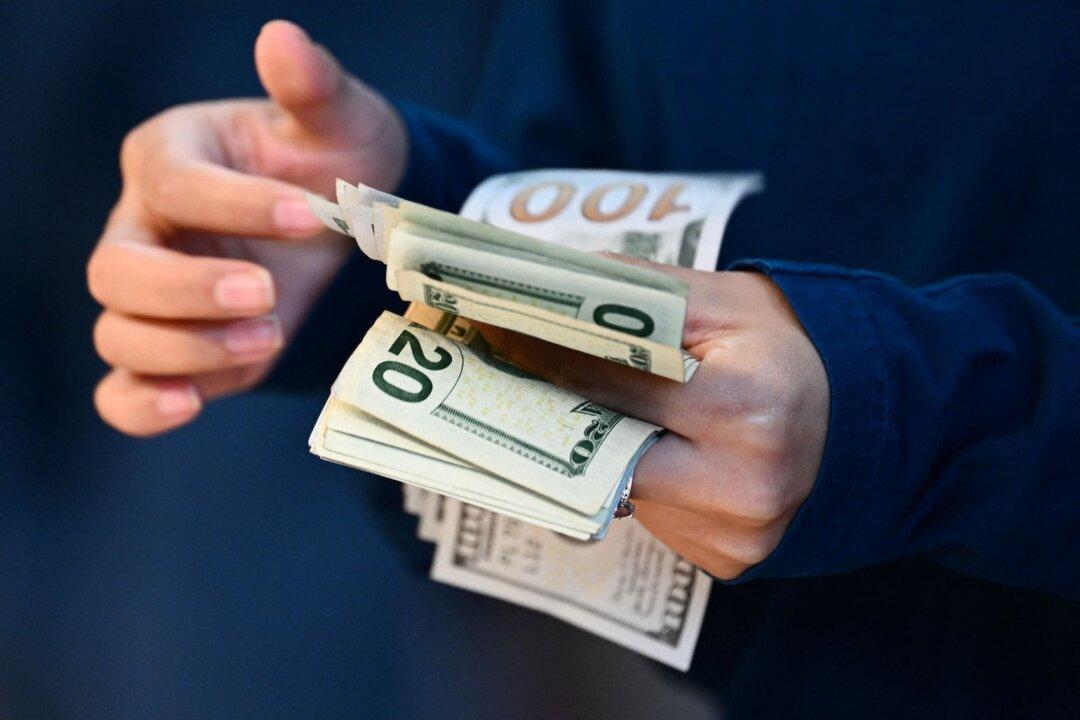Commentary
Investors of a certain age will remember the economic difficulties in the United States in the late 1970s. The malaise of the time led to the use of the term stagflation used to characterize weak or negative economic growth combined with high inflation or high unemployment. In turn, this led to the use of the statistic called the “misery index” defined as the unemployment rate plus the inflation rate.





